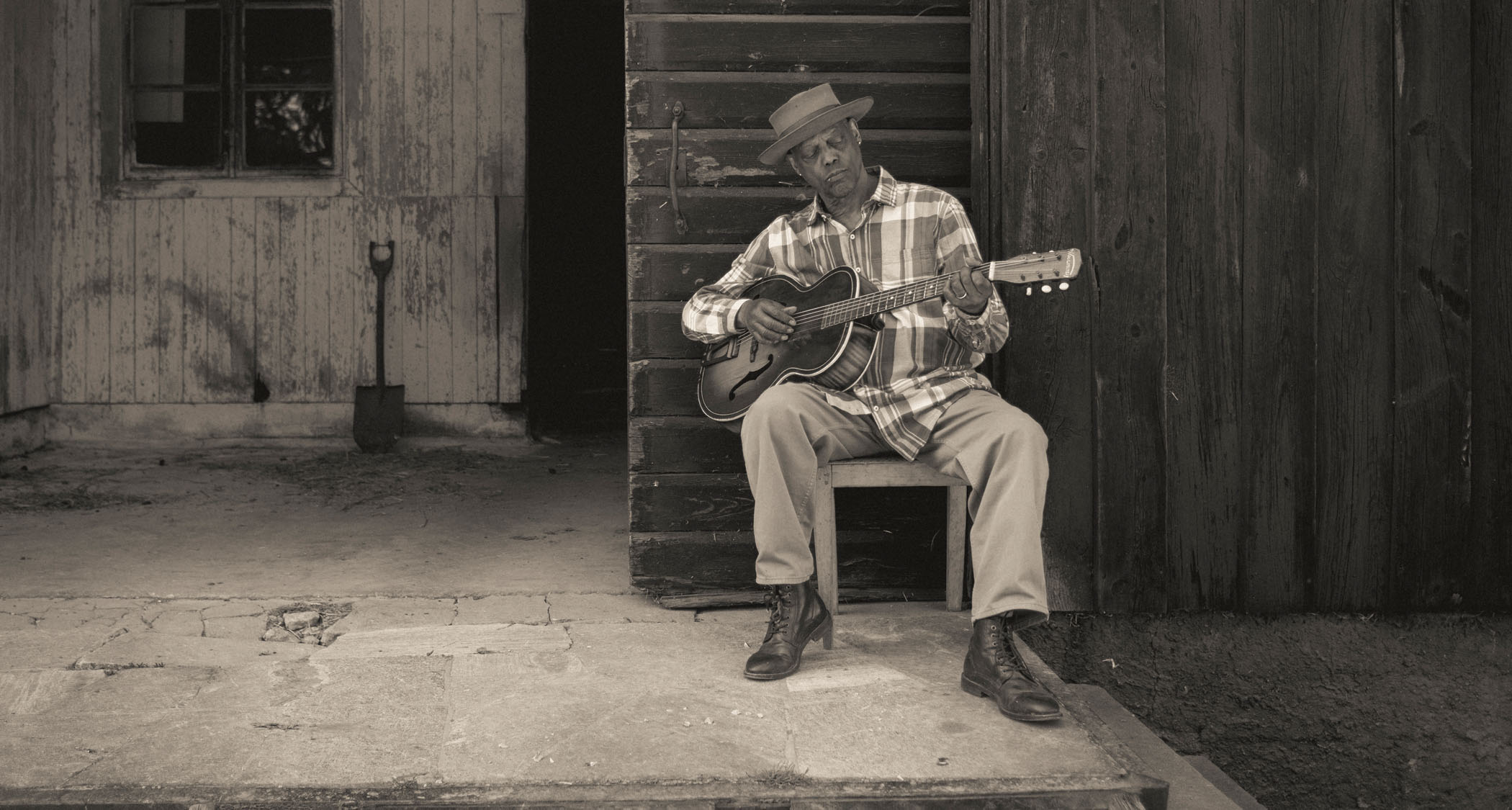“We’ll spend hours trying to get the grossest, most evil sounds we can. We DI’ed a fuzz and it sounded like vomiting”: Battlesnake are the triple-guitar lovechild of Queen, King Gizzard and Judas Priest you never knew you needed
We meet Australia’s three-headed metal guitar hydra – are you prepared for Battlesnake?

Described by guitarist Ben Frank as “the genetically engineered cyborg super child of Queen, King Gizzard and Judas Priest,” Australia’s Battlesnake are a colourful bunch.
On the band’s second LP The Rise And Demise of The Motorsteeple, Ben and fellow guitarists Paul Mason and Daniel Willington are chasing vomit-like fuzz sounds and cranking Marshall amps.
The new album was recorded in just 10 days. How was that process?
Ben: “We actually wrote a fair chunk of it in the studio. We work best as a band when we set a super-unrealistic deadline and we have to make it happen. The lead-up to the recording was manic, but we’re all really respectful of each other’s creative process.”
Paul: “We didn’t have any solos before we got to the studio, which was quite daunting, but it ended up being a really freeing and creative process. There are some cracking solos on there…”
How did you find the right tones with such a limited timeframe?
There’s something magical about three-part harmonies. It’s a lost art. They can be very cheesy, but we try to walk that line very finely
Ben: “You plug into a good amp with a good guitar, turn it up really loud and it sounds good. It’s not rocket science. But at the same time, we’ll spend hours trying to get the grossest, most evil sounds we can. We DI’ed a Danelectro 3699 fuzz and it sounded like vomiting.”
All the latest guitar news, interviews, lessons, reviews, deals and more, direct to your inbox!
What other gear stood out in the studio?
Ben: “We put my 100-watt Marshall Vintage Modern head through the matching cab which has 20-watt Celestions in it. To me, that’s the sound of the electric guitar. It’s angry and loud. We also used a Marshall JTM45 100 through the same cab with a Tube Screamer in front. It’s got the most ripping lead sound.”

How do you balance having three guitarists in the band?
We all come from different camps of iconic guitar and amp combos and we spend a lot of time on the arrangements to make sure we all have space to exist
Paul: “We all come from different camps of iconic guitar and amp combos and we spend a lot of time on the arrangements to make sure we all have space to exist. I play a Korean copy Brian May Red Special through a Vox to occupy the chime-y mid-range frequency and I usually play the D and G strings.
“Ben puts a 2000 ’67 Reissue Gibson Flying V through a Marshall amp and holds down the low-mid chug range, and Dan’s using a Squier Telecaster through a vintage Fender Bassman head, so he has a much creamier sound.”
And tell us about how the three of you combine those sounds.
Ben: “There’s something magical about three-part harmonies. It’s a lost art. They can be very cheesy, but we try to walk that line very finely. If you’re going to have a guitar solo, why not harmonise it and make it more spectacular? I find it really liberating having three guitars because you have scope to do some really cool shit.”
Paul: “We want more people to be aware of the guitar statement we’re trying to make. We all have very distinctive voices on our instruments, so when we align that I think we have something that’s very special.”
- For more information, head to Battlesnake.
A freelance writer with a penchant for music that gets weird, Phil is a regular contributor to Prog, Guitar World, and Total Guitar magazines and is especially keen on shining a light on unknown artists. Outside of the journalism realm, you can find him writing angular riffs in progressive metal band, Prognosis, in which he slings an 8-string Strandberg Boden Original, churning that low string through a variety of tunings. He's also a published author and is currently penning his debut novel which chucks fantasy, mythology and humanity into a great big melting pot.


